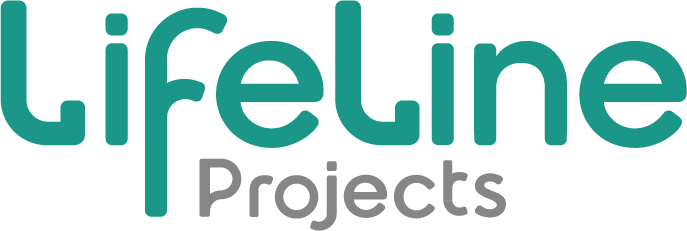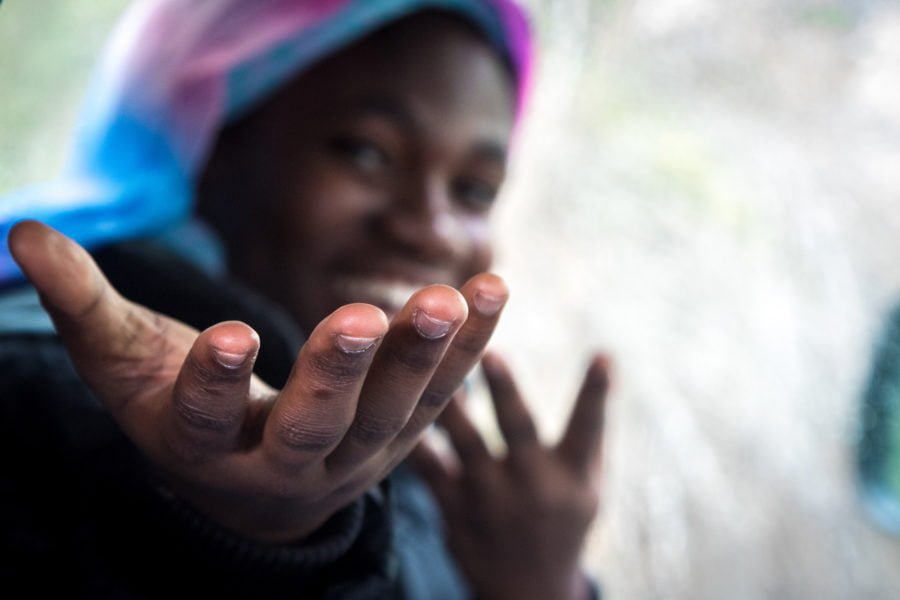Results and hitting your targets are the bedrock of success—especially in something like sports. The more goals a football player scores, the more valuable they become and the higher the salary they get paid. It makes perfect sense.
It’s the same in the business world—the more successful a CEO is, the more they are respected and valued. But results and targets for a charity do not always conform to common expectations and might not be that easy to measure. Charitable work is about making a change in someone’s life, so not all the results or knock-on effects can be quantified or captured.
Funding success
Measuring success has been an ongoing penchant for funders, and rightly so. Over the years, we have seen many different forms of funding come and go with various weaknesses and benefits attached—grants, cost-only contracts, payment by results, Social Impact Bonds, and delivery contracts.
Grants provided for incredibly flexible delivery but often had very little requirement to demonstrate impact as they measured activity instead. Due to the lack of risk for the delivery provider, the funder bears all the risk and can find them difficult to justify.
Cost-only contracts flipped the risk but focused on the spend rather than the impact. They required delivery organisations to invest in their accounts team rather than their delivery team. Organisations could be tempted to mitigate the risk by focusing on spending money rather than actually impacting individuals.
Payment by results contracts sought to introduce robust impact measurements around impact—yet unscrupulous providers found loopholes to claim funds without really providing any benefit to the community. And scrupulous providers found themselves locked out of the playing field as they didn’t feel they could manage the risks, particularly the variable cash flow.
Contrary to grants, all the risk now sat with the provider. This meant they had to incentivise that risk. What’s more, the outcomes set by the funders usually had very little flexibility, which limited the ability to capture why outcomes could not be achieved or to record what further consequences were.
This is something I’ve written about before—people and communities do not have identical needs or solutions. Every community is completely unique, made of endless diverse and connected people, with their own needs and issues.
Whilst some Social Impact Bonds have been set up, they have not been rolled out as widely as initially expected, which is a great disappointment. They have made room for delivery providers to set the measurement impacts, allowing them to focus on the recognition of their real long-term impact.
But, for many funders, this long-term measurement can be seen as too risky and, unfortunately, the statutory bodies that would benefit from the impact have not seemed willing as yet to bear such a risk.
Delivery contracts were not designed for the voluntary sector, and can almost be seen as a form of privatisation that strips independence from charities. They can vary in their interest from service delivery to impact.
Finally, funders are essentially people like us. They have assumptions and biases about communities related to their upbringing. This can lead them to misunderstand or not see clearly the full impact of the work and activities that charities deliver. If funders fail to understand the needs of unique and diverse communities, they will not see the impact of the work they’ve paid for.
Unseen value
Let’s go back to the idea of the successful football player. In a season, they could score lots of goals. Their team moves up the league table. They could even win the championship. The club becomes richer. Locals feel pride in their team. But what you don’t often see highlighted are the wider consequences of this success.
In a report from La Trobe University, titled Value of a Community Football Club, it states that, for every $1 spent to run a club, there is at least $4.40 return in social value in terms of increased social connectedness, wellbeing, and mental health status; employment outcomes; personal development; physical health; civic pride and support of other community groups.
Does that make you look at that football player in a different light? They are not just a successful athlete—they are a supporter of their community.
So then, what is the best way to truly measure social value? I’m sure you’re starting to understand now the challenge funders’ face.
Looking to the future
Whilst I have dwelt on the negatives of each funding mechanism, the positives are there for the taking. An organisation that focuses on its impact can make the best of most funding, regardless of how they are paid.
As charities, it is incumbent upon us to find innovative ways to measure our impact. Some would say that they already measure social value outcomes. But we need to think bigger than that, we need to be more ambitious in measuring the changes we see happening.
We need programmes with more diverse and long-term measuring. We need realistic predictions on the long-term impact on a community’s future. We need an end to financial penalties for not achieving fixed outcomes. And we need flexibility for charities to evolve and meet the unique needs they find in their communities.
My recommendation to funders is that they take more of a partnership approach in designating delivery funds to external evaluations, so that we’re able to build more of ‘what works’. We need this to not only find the methods that do work, but also to build up the evidence behind them and encourage wider adoption.
Back when I was out in the community as a youth worker, I believed that, if I could help just one young person in one street, I’m helping out the whole area. That one individual’s success is a shining example to the rest of their community. And, over time, the community changes for the better.
It has always been our purpose to help our communities as much as we can on a tight budget—so let’s create effective measurements that demonstrate the importance of everything we do for our communities.
Images from Unsplash, by Jonny Gios, Afif Ramdhasuma, Towfiqu Barbhuiya, and Terry Vlisidis.



